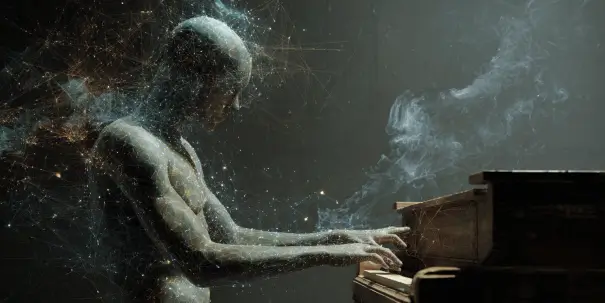In recent years, advancements in technology have enabled the creation of AI avatars that replicate the likeness, voice, and personality of deceased individuals. This concept, often referred to as “digital resurrection,” is becoming a topic of considerable debate. It raises important questions about ethics, privacy, and the implications for the bereaved and society at large.
Understanding Digital Resurrection
Digital resurrection involves using artificial intelligence to recreate a deceased person in a digital form. These AI avatars can be constructed using publicly available data, personal recordings, photographs, and even social media interactions. The result is a digital entity that can mimic the person’s voice, appearance, and even elements of their personality.
Some companies have developed software that allows individuals to interact with these AI avatars. This means people can “communicate” with lost loved ones, often for comfort and closure. However, this practice raises significant ethical concerns.
The Appeal of AI Avatars
For many, the idea of digital resurrection holds emotional appeal. It offers a way to stay connected with loved ones who have passed away. This can serve as a source of comfort, especially for those struggling with grief. In some cases, these AI avatars can also be used for educational or storytelling purposes, preserving family histories or cultural stories for future generations.
However, while the concept is emotionally appealing, it may also create dependencies or prevent individuals from moving on. It’s crucial to consider whether these digital entities help or hinder the grieving process.
Privacy Concerns and Consent
One of the major ethical issues surrounding digital resurrection is privacy. When bringing someone “back to life” digitally, developers often use personal data. This poses the question of consent – can someone posthumously agree to such use of their data? Additionally, there is a risk of this technology being misused, leading to potential data breaches or manipulation.
Some argue that explicit consent should be obtained while individuals are alive, allowing them to decide the fate of their digital presence after death. Others believe there are inherent privacy rights that need respecting, whether or not explicit consent is given beforehand.
The Implications for Society
Aside from personal implications, the rise of digital resurrection technologies can have broader social consequences. It may alter how society views death and remembrance. Traditionally, mourning and the eventual acceptance of loss are a part of life. Yet, if individuals have the option to keep “interacting” with the deceased, these lines can become blurred.
Moreover, there is the potential for digital avatars to be exploited commercially, such as using a celebrity’s likeness without permission. This commercial use raises further ethical dilemmas and requires careful regulation. It’s essential to establish clear guidelines and legal frameworks to manage this delicate aspect of digital innovation.
Striking a Balance
The debate around digital resurrection is complex, involving an intersection of technology, emotion, and morality. On one hand, such technology provides a fascinating opportunity to bridge the gap between life and death, offering a new way to cherish memories and navigate grief. On the other hand, it challenges our understanding of privacy, identity, and the finality of life.
Ultimately, finding a balance involves considering both the benefits and the drawbacks. Stakeholders, including families, policymakers, and technologists, need to engage in open discussions about the appropriate use of digital resurrection. With thoughtful regulation and ethical considerations at the forefront, it may be possible to harness this technology in respectful and beneficial ways.










